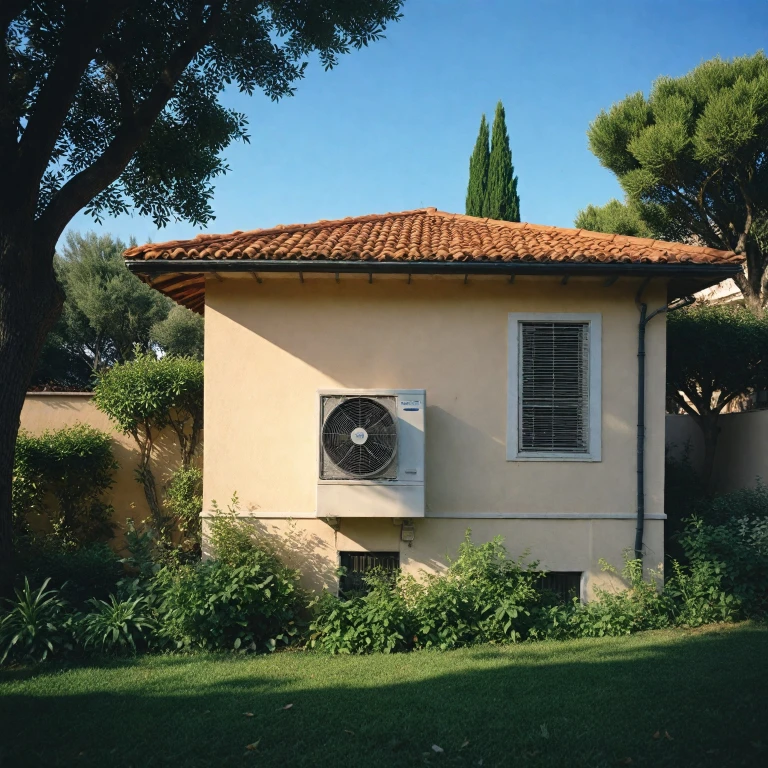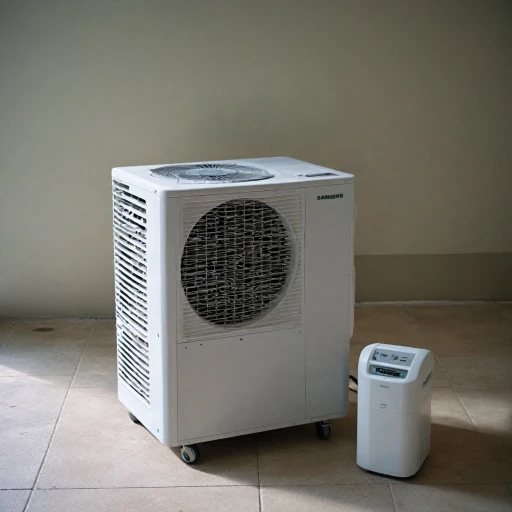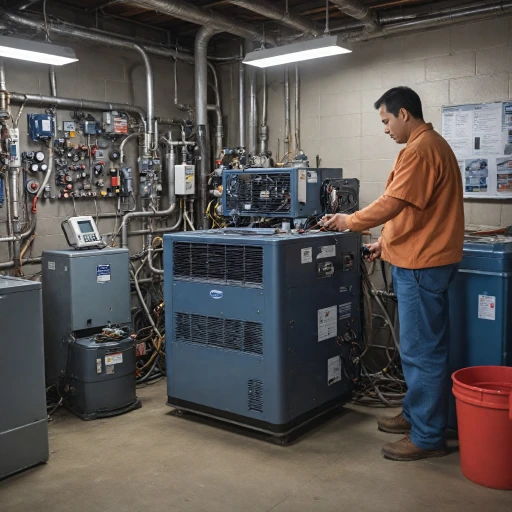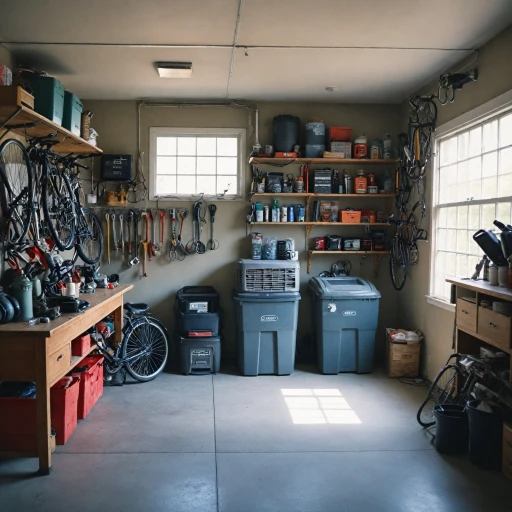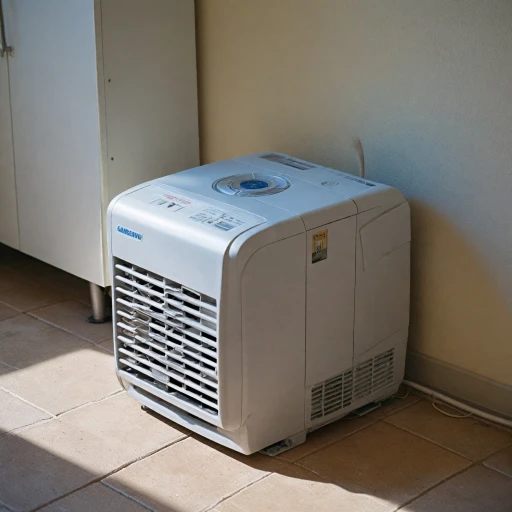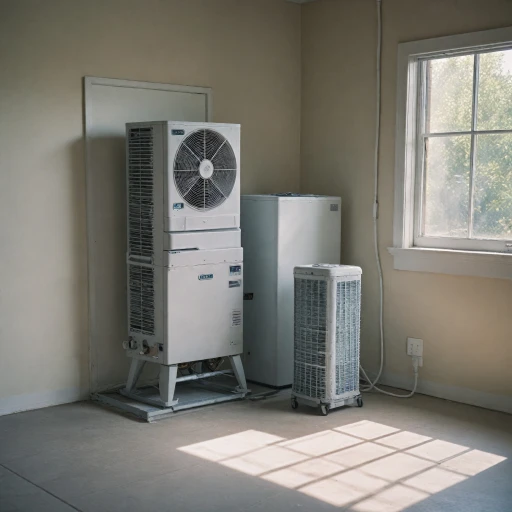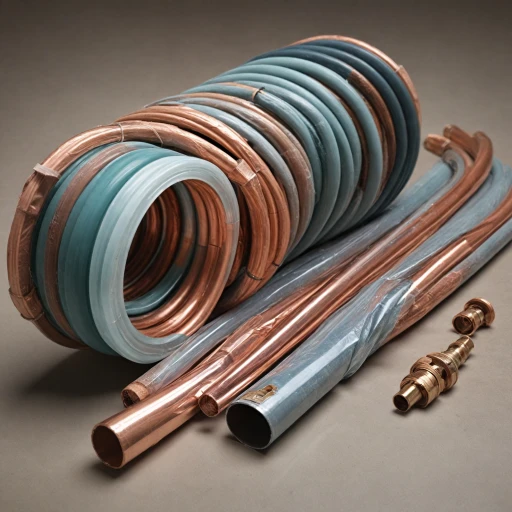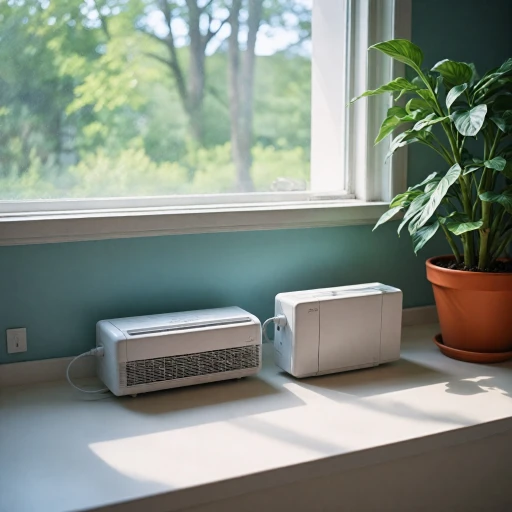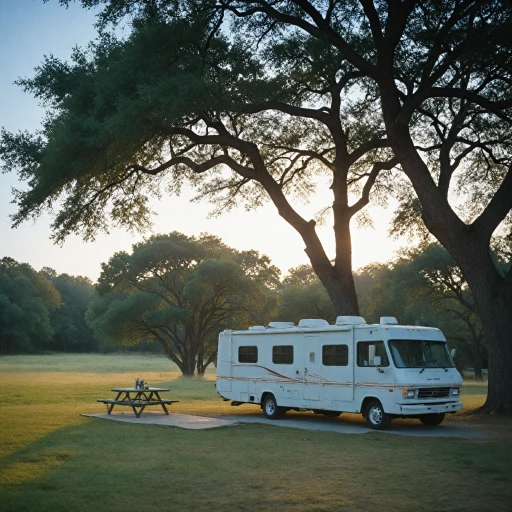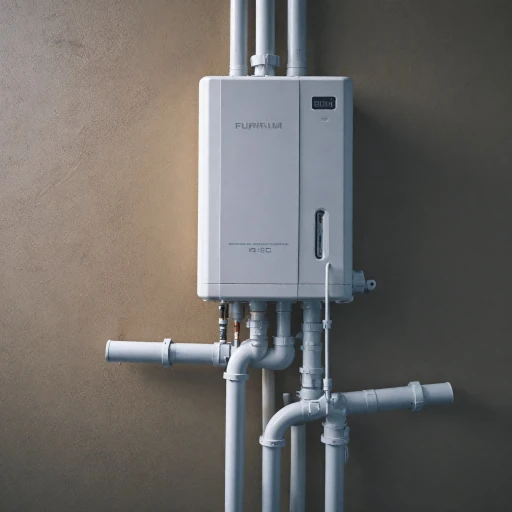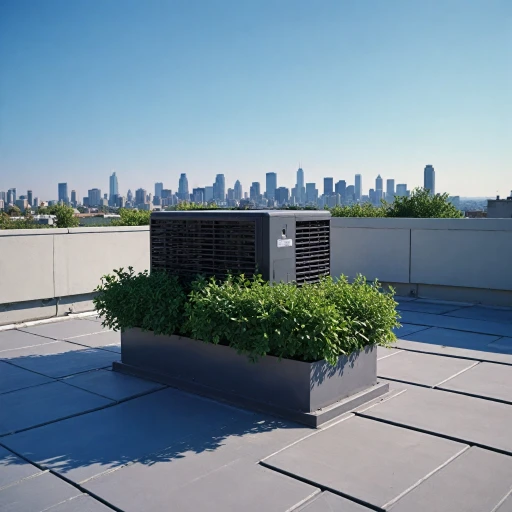
Understanding Roof-Mounted Air Conditioners
Exploring the Functionality of Roof-Mounted Cooling Systems
Roof-mounted air conditioners are becoming an increasingly popular option for those in need of cooling solutions for various types of spaces, including vehicles and residential areas. These units offer a practical way to optimize space while providing the necessary chilling power to maintain a comfortable environment. A roof-mounted air conditioning system functions much like any conventional cooling unit, using refrigerant to absorb heat from the interior and release it outside, usually through the condenser unit mounted on the roof. Brands like Furrion and Dometic are notable for their innovative designs and effective cooling capabilities, producing models like the Furrion Chill and Dometic FreshJet. ### Key Features of Roof-Mounted Air Conditioners- Cooling Capacity: These systems are usually measured in British Thermal Units (BTU), a standard measure of air conditioner power. Choosing the right BTU rating is essential for matching the unit's cooling capacity to your specific needs.
- Profile and Structure: Many rooftop units are designed with a low profile to minimize wind resistance and improve aerodynamics, especially useful for vehicles like vans, trucks, and buses.
- Installation Variants: Some systems offer ducted and non-ducted options for air distribution, influencing how cooling is delivered throughout the space.
Benefits of a Roof-Mounted Air Conditioner
Exploring the Advantages of Rooftop Air Conditioning
When considering the installation of a roof-mounted air conditioner, such as the Furrion Chill or Dometic FreshJet, you'll find several benefits that may impact your decision. Here are some of the core advantages:- Space Optimization: Unlike traditional units that might take up valuable space inside your vehicle, rooftop units sit on top of your van, bus, or truck, freeing up interior space for other essential items.
- Efficient Cooling: These units are designed to deliver effective cooling through high BTU ratings. Whether it's the Dometic product line or the Furrion Chill, the cooling capacity ensures comfort even in extremely hot climates.
- Versatile Options: Many rooftop air conditioners come with a dual system, allowing for both cooling and heating with a heat pump, ideal for year-round use. Additionally, the air distribution can be enhanced with ducted or non-ducted options, giving more control over your indoor environment.
- Durability and Design: Designed to withstand external elements, rooftop units are robust with a profile that adds minimal wind resistance, ensuring efficiency and longevity.
- Easy Installation and Maintenance: With models that are user-friendly and designed to fit various vehicle roofs, the installation process is straightforward. Additionally, many brands provide easy access to spare parts and offer free shipping on their products, making maintenance simple over the life of the unit.
Challenges and Considerations
Factors to Consider Before Installing a Roof-Mounted Air Conditioner
Embarking on the journey of installing a roof-mounted air conditioner on your vehicle can have several challenges and considerations that need to be addressed to ensure seamless integration and optimal performance. Here’s what you should keep in mind:
- Weight and Structural Integrity: Modern rooftop units like the Dometic FreshJet and Furrion Chill are designed to be lightweight, but their weight is still a critical factor. The rooftop of your vehicle, be it a van or bus, must be sturdy enough to support the unit without compromising its structural integrity.
- Space and Size Limitations: With varying sizes available, the choice of a rooftop air conditioner largely depends on the available space. Measure space accurately and opt for a profile rooftop unit that fits well.
- Cooling Capacity Needs: Calculate the BTU (British Thermal Unit) rating you require to achieve adequate cooling. This is influenced by the size of your vehicle and the climate you frequently encounter. Not all conditioner BTU ratings are created equal, so match your needs with the right conditioning unit.
- Installation Complexity: Consider if you have the tools and expertise required for installing units like the roof air system. Even roof air conditioners dubbed "easy to install" can be complex, requiring precision and skill, especially regarding air distribution setups. Some systems might demand professional help, which will add to the overall price.
- Power Source and Consumption: Evaluate the power source for the air conditioning unit. While some may rely on the vehicle's battery, others might require a dedicated power source, often increasing the cost due to additional parts.
- Regulatory and Warranty Concerns: Compliancy with vehicle and rooftop modifications might affect your vehicle’s warranty status. Further, ensure the product is not only compatible with your vehicle but also sanctioned by regulatory bodies to avoid legal pitfalls.
Understanding these considerations will streamline the process, making your cooling system investment more fruitful. For an in-depth guide on efficient cooling solutions for your mobile home, delve into resources that expand on the integration of rooftop units and the nuances that come with them.
Portable Air Conditioner Options for Roof Installation
Exploring Portable Air Conditioner Options for Roof Installation
When it comes to cooling your space with a rooftop air conditioner, portable units offer a versatile solution. These systems are ideal for those who need flexibility, whether for a van, truck, or any other vehicle. Portable air conditioners can be a practical alternative to traditional rooftop units, especially if you’re dealing with space constraints or specific installation challenges.
Here are some key considerations when selecting a portable air conditioner for roof installation:
- Cooling Capacity: The cooling capacity, often measured in BTUs (British Thermal Units), is crucial. You’ll want a unit that matches your space’s needs. For instance, a Furrion Chill or a Dometic FreshJet might offer the right balance of power and efficiency.
- Power Source: Consider whether the unit is compatible with your vehicle’s battery or if it requires a separate power source. Some systems may integrate with a heat pump for added versatility.
- Price and Availability: While price is always a factor, also consider the availability of spare parts and free shipping options. Brands like Dometic and Furrion often provide reliable customer support and distribution networks.
- Installation Requirements: Portable units might require specific installation accessories, such as a distribution box or ducted air distribution system, to ensure optimal performance.
Whether you’re outfitting a bus air system or looking to chill a smaller vehicle, the right portable air conditioner can make a significant difference. Keep in mind the challenges and considerations previously discussed to ensure a seamless integration with your existing setup.
Installation Tips for Roof Air Conditioners
Practical Advice for Installing Rooftop Air Conditioning Units
When it comes to installing air conditioners on your roof, careful planning and consideration are key to enhancing cooling efficiency and maximising the unit's lifespan. Here are some practical tips to ensure a successful installation:- Choosing the Right Unit: Selecting the correct rooftop air conditioner is crucial. Products like the Furrion Chill and Dometic FreshJet are popular options due to their cooling capacity and energy efficiency. Assess the BTU needs of your space to ensure optimal cooling.
- Professional Assessment: Before installation, it's wise to consult with a professional to evaluate the structural integrity of your roof. This ensures that the roof can support the weight of the unit, and the installation won't void any warranties.
- Consider Vehicle and Space Constraints: For those installing on a vehicle like a van, bus, or truck, ensure the unit’s profile fits within the designated space. Ducted units may offer advantages in air distribution, but they also require more room for installation.
- Explore Mounting Options: Depending on your cooling needs and roof space, a heat pump or profile rooftop model might be suitable. These systems can also assist in heating during colder months, offering versatile climate control.
- Availability of Spare Parts: Ensure that spare parts for your chosen rooftop unit, such as conditioner BTU components and distribution boxes, are readily available. This will facilitate maintenance and extend the system's lifespan.
- Check for Free Shipping: When purchasing a rooftop unit, check if free shipping is available, as this can significantly affect the overall price and budget for the project.
- Manage Battery and Power Considerations: If installing on a mobile unit like a van, the system's battery efficiency and power needs must be aligned with your travel and usage habits.
Maintenance and Longevity
Ensuring Longevity and Optimal Performance
The seamless operation of your rooftop air conditioner involves more than just installation; maintaining it is crucial for both efficiency and extending its service life. Regular maintenance of your roof-mounted unit can prevent unexpected breakdowns and ensure that you enjoy the cooling benefits throughout the hot months.
Regular Cleaning and Inspection
Scheduling routine clean-ups is essential for the hygiene and performance of your system. Filters, usually situated inside the air distribution box, should be checked and cleaned regularly to avoid blockage and air flow reduction, affecting the cooling capacity. Dust and debris can quickly accumulate, especially for vehicles and vans that traverse through varying environments. Dometic and Furrion chill units often require accessible filter solutions, making the cleaning process straightforward. Also, inspect battery connections and ducted parts for damage or loose connections.
Monitor the System's Condition
Keeping an eye on the rooftop unit for signs of wear and tear is paramount. Check for corrosion, especially in connections and mounting hardware, as this can affect the unit's stability. The conditioner BTU ratings should remain optimal, and any drops might indicate underlying issues. Furthermore, rooftop air conditioning systems like the Dometic FreshJet or Bus Air may have heat pump components that need occasional evaluation by a professional.
Timely Replacement of Spare Parts
Having spare parts at hand can be economical over time. Parts, especially those related to the heat pump and cooling mechanisms, should be replaced promptly when worn out. Brands like Furrion offer free shipping on parts, reducing downtime and long-term costs. Procuring the right components, such as a replacement distribution box, from reliable sources ensures compatibility and optimal operation.
Professional Servicing and Warranty Considerations
While DIY maintenance can go a long way, scheduling annual professional servicing is advised. Expert technicians can diagnose potential problems early, avoiding costly repairs. Many roof air conditioners come with warranties that require periodic checks by authorized personnel, helping to maintain their validity and protect your investment.
